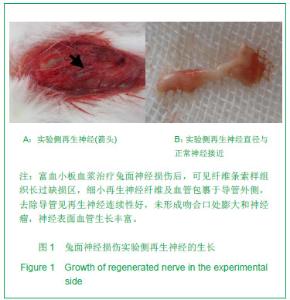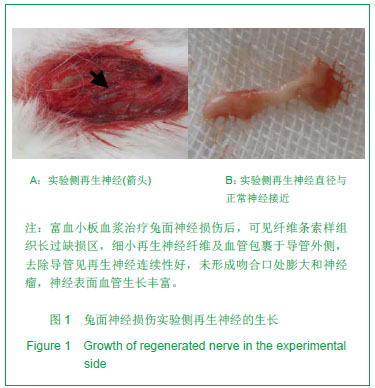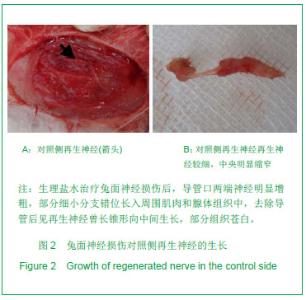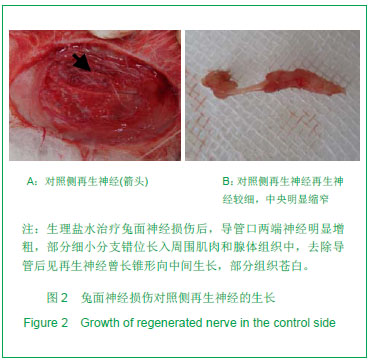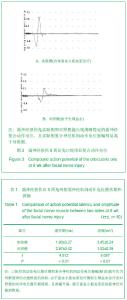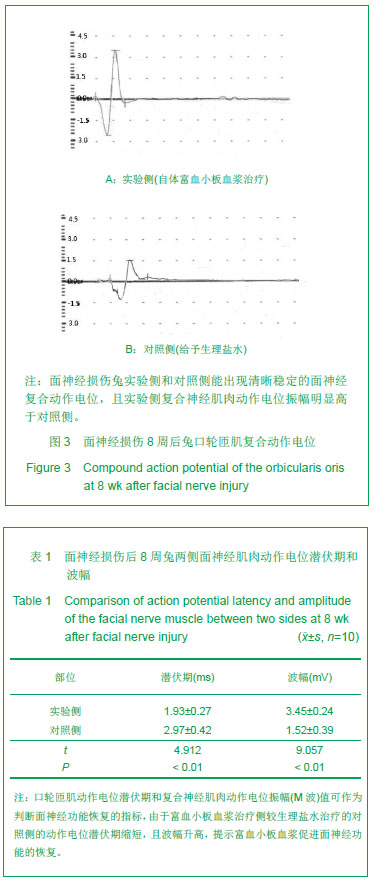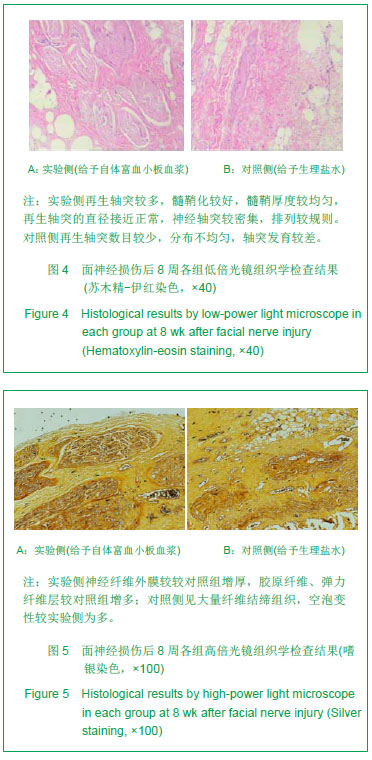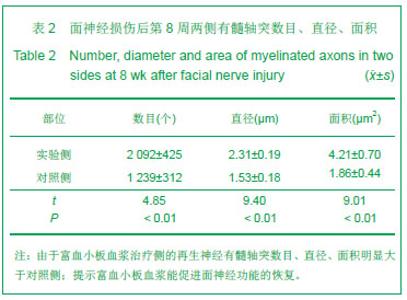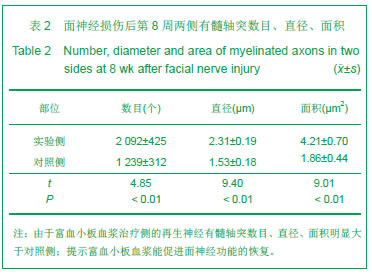| [1]Andia I, Sánchez M, Maffulli N. Platelet rich plasma therapies for sports muscle injuries: any evidence behind clinical practice? Expert Opin Biol Ther. 2011;11(4):509-518. [2]Griffin XL, Smith CM, Costa ML. The clinical use of platelet-rich plasma in the promotion of bone healing: a systematic review. Injury. 2009;40(2):158-162. [3]Inchingolo F, Tatullo M, Marrelli M, et al. Regenerative surgery performed with platelet-rich plasma used in sinus lift elevation before dental implant surgery: an useful aid in healing and regeneration of bone tissue. Eur Rev Med Pharmacol Sci. 2012;16(9):1222-1226.[4]Markou N, Pepelassi E, Kotsovilis S, et al. The use of platelet-rich plasma combined with demineralized freeze-dried bone allograft in the treatment of periodontal endosseous defects: a report of two clinical cases. J Am Dent Assoc. 2010;141(8):967-978.[5]张卫兵,洪光祥,王发斌,等.自体富血小板血浆提取液对周围神经再生的作用[J].中华实用外科杂志,2006,23(9):1143. [6]张森林,孟昭业,董震,等.神经生长因子几丁质管修复兔面神经缺损[J].中国现代医学杂志,2003,13(3):8-10.[7]Novikov L, Novikova L, Kellerth JO. Brain-derived neurotrophic factor promotes axonal regeneration and long-term survival of adult rat spinal motoneurons in vivo. Neuroscience. 1997;79(3):765-774.[8]Okuda K, Kawase T, Momose M, et al. Platelet-rich plasma contains high levels of platelet-derived growth factor and transforming growth factor-beta and modulates the proliferation of periodontally related cells in vitro. J Periodontol. 2003;74(6):849-857.[9]Hernández-Cortés P, Garrido J, Cámara M, et al. Failed digital nerve reconstruction by foreign body reaction to Neurolac nerve conduit. Microsurgery. 2010;30(5):414-416. [10]Wang CY, Liu JJ, Fan CY, et al. The effect of aligned core-shell nanofibres delivering NGF on the promotion of sciatic nerve regeneration. J Biomater Sci Polym Ed. 2012; 23(1-4):167-184. [11]Serpe CJ, Byram SC, Sanders VM, et al. Brain-derived neurotrophic factor supports facial motoneuron survival after facial nerve transection in immunodeficient mice. Brain Behav Immun. 2005;19(2):173-180.[12]Guntinas-Lichius O, Irintchev A, Streppel M, et al. Factors limiting motor recovery after facial nerve transection in the rat: combined structural and functional analyses. Eur J Neurosci. 2005;21(2):391-402.[13]Fansa H, Keilhoff G, Förster G, et al. Acellular muscle with Schwann-cell implantation: an alternative biologic nerve conduit. J Reconstr Microsurg. 1999;15(7):531-537.[14]李少兵,韩卉.神经营养因子与周围神经再生[J].解剖科学进展. 2001,7(3):265-270.[15]王栓科,张致英,洪光祥.周围神经损伤与轴突诱向因子[J].现代康复,2001,5(18):54-55.[16]陈炜,陈继川,姬长友,等. 局部应用神经营养因子对面神经损伤修复作用的试验研究[J].重庆医学,2007,36(3):207-208.[17]刘亚峰,高炳庆,梁传余,等.神经生长因子在面神经损伤修复中作用的实验研究[J].中华耳鼻咽喉科杂志,1998,33(1):27-29.[18]张治军,高炳庆,梁传余,等. 胰岛素样生长因子对面神经损伤的修复作用[J].中国中西医结合耳鼻咽喉科杂志,2004,12(1):7-9.[19]Sánchez AR, Sheridan PJ, Kupp LI. Is platelet-rich plasma the perfect enhancement factor? A current review. Int J Oral Maxillofac Implants. 2003;18(1):93-103.[20]仇建军,张长青,袁霆,等.富血小板血浆及所含相关因子在组织修复再生中的应用与作用[J].中国组织工程研究与临床康复,2009, 13(41):8131-8134. [21]Yol S, Tekin A, Yilmaz H, et al. Effects of platelet rich plasma on colonic anastomosis. J Surg Res. 2008;146(2):190-194. [22]Kajikawa Y, Morihara T, Sakamoto H, et al. Platelet-rich plasma enhances the initial mobilization of circulation-derived cells for tendon healing. J Cell Physiol. 2008;215(3):837-845. [23]Landesberg R, Moses M, Karpatkin M. Risks of using platelet rich plasma gel. J Oral Maxillofac Surg. 1998;56(9): 1116- 1117.[24]Robiony M, Polini F, Costa F, et al. Osteogenesis distraction and platelet-rich plasma for bone restoration of the severely atrophic mandible: preliminary results. J Oral Maxillofac Surg. 2002;60(6):630-635.[25]Landesberg R, Roy M, Glickman RS. Quantification of growth factor levels using a simplified method of platelet-rich plasma gel preparation. J Oral Maxillofac Surg. 2000;58(3):297-301.[26]Dohan Ehrenfest DM, Rasmusson L, Albrektsson T. Classification of platelet concentrates: from pure platelet-rich plasma (P-PRP) to leucocyte- and platelet-rich fibrin (L-PRF). Trends Biotechnol. 2009;27(3):158-167. |
